A MUSICAL BIO...
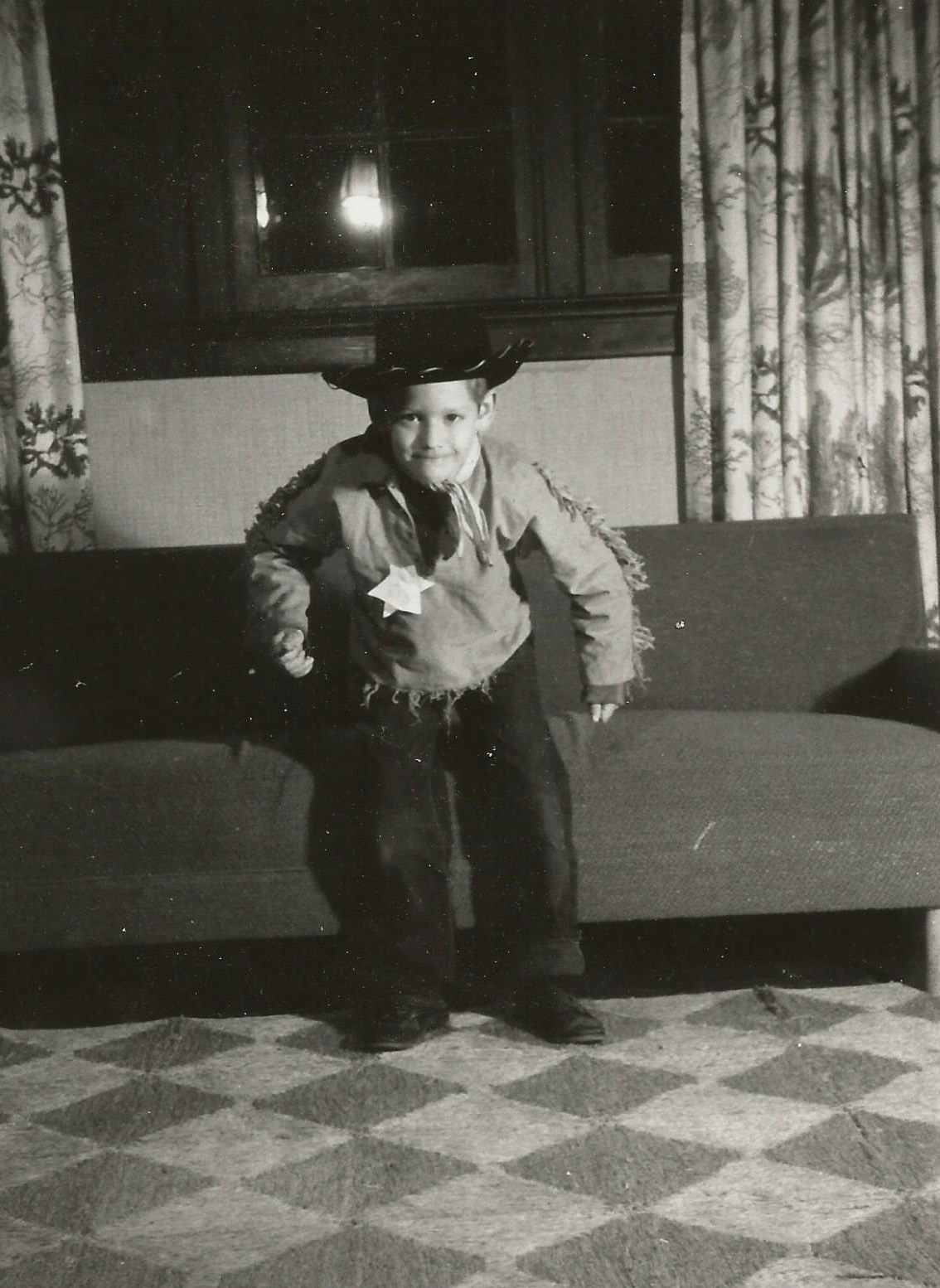
Bruce Williams, was born April 6th, 1952 in Concord
California to Paul and Aileen Williams. Father Paul, who passed in 2010 was an
English teacher, newspaper reporter and editor, and
a writer for the US Labor Department. He fought in WWII (12 Armored
Division/ReCon). Mother Aileen, retired and living
in Waukegan, Illinois was a musician, piano teacher, choir director,
pipe organist, painter, and raised 7 children, 4 girls and three boys.
Her main instrument was string bass and spent many years with The Jan
Jose Symphony and The Evanston Symphony. She had to retire from music
several years ago due to hearing loss.
Bruce started out playing ukulele, inspired by his Uncle Ed Williams, and got his
first guitar when he was 14. There were always little jam sessions
erupting out of the household, as this was a very musical home. Bruce's
older brother Dave was a musical inspiration when Bruce was in his early
teens. Dave played bass and was in bands that played out in high school
days. Dave also
introduced Bruce to the music of Wilson Picket, Bob Dylan, Chuck Berry
and others, and even took his under-aged brother to performances by
Country Joe and the Fish, Quicksilver Messenger Service, and a lot of
folk artists. Around this time, Bruce was starting to jam with his
friend Marty McGuire on drums and some other young Los Gatos players.
In 1967, Bruce was walking
past the University Avenue Theater in Los Gatos and heard musical sounds with
which he was unfamiliar. He peeked in the door and saw a jazz trio on the stage.
There was no one watching the door, so he snuck upstairs to the balcony. All the
attendees were on the first floor, mesmerized by the music. Bruce sat there and
listened for the next two hours in awe. Looking back at this experience later in
life, he knew this was an inspirational moment in his musical education. The
band on stage was The Vince Guaraldi Trio.
The Williams family moved to northern Illinois in '68, and Bruce managed
to get to high school somehow, commuting at first by bus, then train,
then a Honda 90 motorcycle, then a '63 Chevy Impala he bought from Bo
Manley for $100., then a 62 VW Beetle with '57 Corvette front bumpers.
The Beetle blew an engine about 3 months after he bought it.
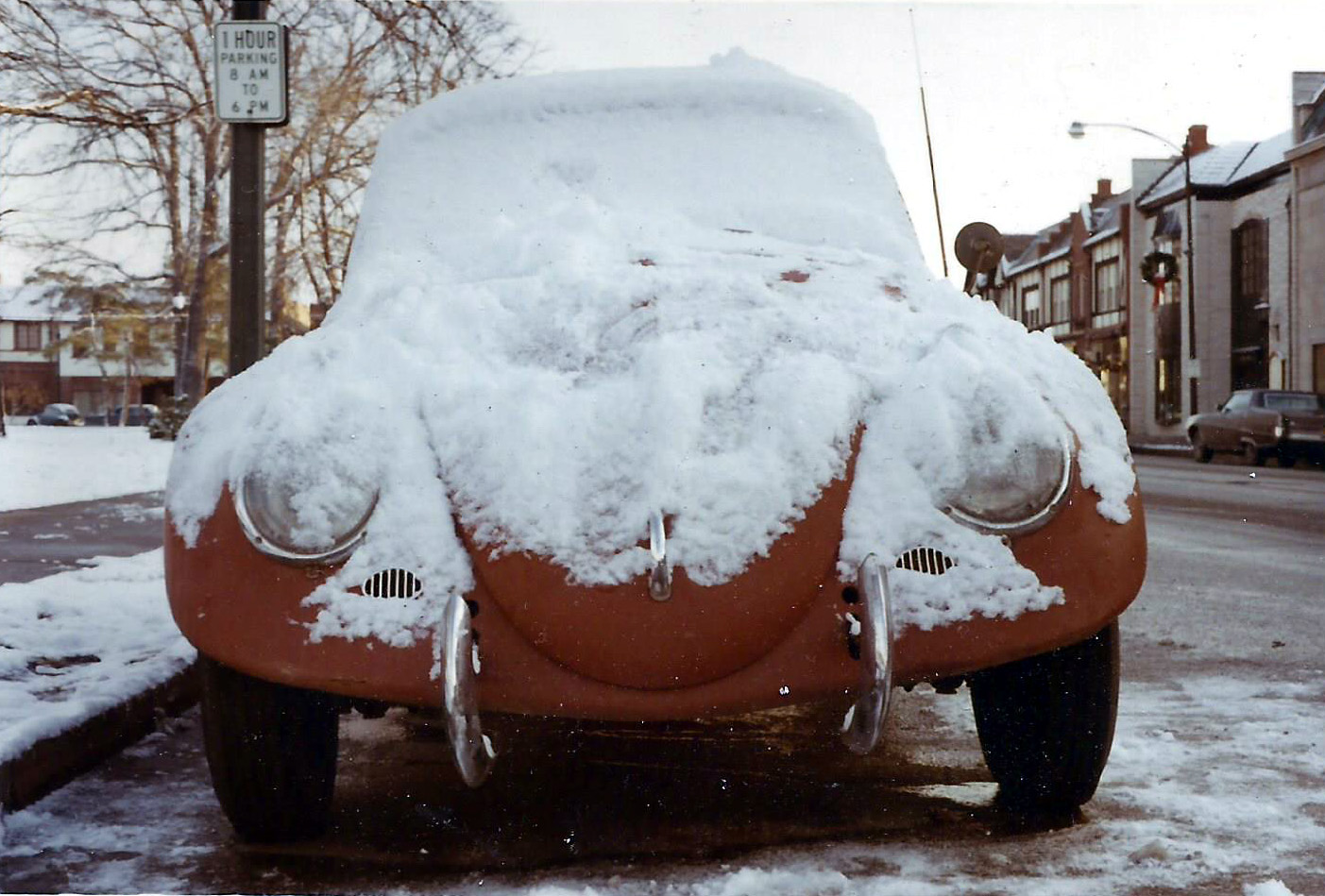
Bruce's mom recognized
her son's love of music and encouraged him, even though she might have
wished he had pursued more formal training. Bruce's mother has always
been a big supporter of his music, which is fitting, as he credits her
as one of his main influences.
Bruce met a folksinger while
out for dinner one night in early '68 and talked the artist into letting Bruce
sit in with him. Bruce lived nearby, so ran home to get his guitar. This was a
milestone for Bruce, as he suddenly realized he could play with, "the big boys".
He jammed that night and several other nights and started finding he loved
performing and playing his guitar in front of an audience. The gracious
folksinger was Jon Cook.
In '69, Bruce lucked into an
introduction with Bobby Simms, formerly of The Rotary Connection. Bobby's
girlfriend Delores, worked with Bruce's girlfriend Laurie Kohlberg at Kohlberg
Theaters. Rotary Connection had disbanded, and Bobby was playing solo on Rush
Street in Chicago. Bruce ended up playing with him as a duet at clubs all
over the north side, and this is where he learned how to be an accompanist. He
also learned what it was like to gig! His role was to play lead licks on the 6
string acoustic while Bobby played 12 string, or sometimes Bruce would play
rhythm while Bobby played bass. And all the while Bobby sang so soulfully with
his big voice.
Bobby also arranged for the
recording of Bruce's first real demo. Bobby had heard a few of Bruce's original
songs and thought they were good enough to record, so he enlisted his friend,
Don Drumm to help. They recorded a demo of 2 of Bruce's songs, with Don on
piano, Bobby on bass and Bruce on guitar. Bruce overdubbed vocals and some guitar
licks. Don and Bobby rearranged the songs with a kind of 'Nashville' approach,
and suddenly the songs sounded like they could have been on the radio! Being
somewhat naive, Bruce had no idea at the time just how significant Don was in
the music industry, he just feels blessed to have been exposed to this 'studio
magic' so early in his musical career. Don went on to have chart success with
his songs, and has had an amazing musical career.
Bruce decided to head to the Southside of Chicago in search of some real
blues in '69. He had been playing a lot with the Ferrick brothers, Mark
Hannon, and had a band for a short time with Felix Blackmon and Ahmed
Drake, and now wanted to immerse himself in blues and soul music. Bruce
hung around near the stage with his guitar and eventually, the band
would ask him to sit in. There were times he would stay by the stage all
night waiting for a nod from whoever was running the show, and sometimes
that nod would never come. His determination may have won over some of
these blues cats. Over time he gained the respect of the
musicians from the Southside and the Westside. Hooking up with Lefty Dizz was a huge positive, because he knew everybody. He was just coming
off several years as a sideman for Junior Wells, and was looking to form
a new band. On Bruce's first gig for him, Lefty told him he had a
surprise coming later. The club was way down on the far Southside, Bruce
was the only white boy in there, there were two completely buck naked
ladies on either side of the little stage, dancing on tables. One was
only inches from Bruce, making it very difficult concentrate on his
guitar playing...Between sets, in walks Jimmy Rodgers, Lefty's special
guest. What a treat, as he got to play one of his favorite songs, "Walkin'
By Myself" with the man that wrote it. Bruce still does that song in his
band today. He played with Junior Wells off and on through this period,
and then ended up in Jimmy "Fast Fingers" Dawkins band for awhile. They
played regularly at Ma Bea's at Sacramento and Madison. Willie Kent was
on bass, Andrew "Big Voice" Odem on vocals and a cat named "Little Bo"
on tenor sax.
Bruce played with many of the great blues stars back then,
including Buddy Guy, Jimmy
Reed, Hound Dog Taylor, Moose Walker, Freddy Below, Buddy Scott, and was
a regular at Willie Dixon's Sunday jam at The Queen Bee Lounge at 74th
and Stony Island Avenue. Bruce always appreciated the rapport he had
with these great blues artists. Many of them were mentoring types and were
willing to help a young artist. Sam Lawhorn and Bruce spent many hours at the
bar at the old Checkerboard, discussing everything from guitar to the
Blackstone's...
Bruce played with The Mark Hannon Blues Band during the early to mid
70's, then in 1974 met his future wife Mary. Bruce and Mary had two
boys, Robert and Daniel. Bruce focused on his career in the graphic
arts, and stopped playing out live, except occasional jaunts downtown to
sit in with Hannon, or with Betsy & the Boneshakers. During this period,
Bruce got into writing music, and started accumulating recording gear,
learning bass, drums and piano more, and started multi-tracking. First
by bouncing 2 stereo cassette recorders back and forth to get 4 tracks,
and eventually getting an Otari 8 track and a good board. Today Bruce
records on a Roland VS-2480DVD 24 track digital recorder.
He did play professionally again in the early 80's in Terry Dickerson's
band, Hot Ice. He also played drums briefly in a '50's band. Bobby Wolf
and George Healy joined Bruce in his studio later in the decade and
produced some unique experimental music. A few years later, when Bruce
owned a small ad agency and Tony Taylor was working for him, they formed
a band, The Hava Bros. The band had Bobby Wolf on synth guitar, Tony
singing and playing keyboard, Steve Jennings on bass, Bruce on guitar,
and Eric Duke on drums. The band didn't gig a lot, but when they did,
they created an awesome brand of funky music.
The early 90's marked the beginning of Bruce's most prolific period of
creativity with his writing. He wrote song after song in many different
genres. There were swampy blues, jazz instrumentals, schmaltzy ballads,
Latin funk, folkie-rockers, classical movie themes...whatever struck him
at the time. As time went on, he became better at the recording process,
and the demo's of his originals started sounding richer and more
professional. He also was becoming a better songwriter and lyricist, and
soon would write, arguably his best stuff.
The turning point has to be the song, "Miracles", written in 2000. The
song was written to inspire some close friends of Bruce's (including
Mark Hannon, who loved the song), and became a
real favorite. This song
convinced him that his music could have an effect on people. Prior to
this, Bruce was really just writing for himself.
He then got the bug to play out live again and have his own band. The
goal was to get some good players and play some blues and soul music,
and then start doing his original compositions. He found the right guys
and The Bruce Williams Blues Orchestra was born.
In 2006, Bruce produced "Hit
The Big Time" , a CD of blues songs from a second band he was playing with, King
Robinson and the Housewreckers. In 2010, Bruce released "Blues At Red Barn", a
collection of Bruce's original songs. Both albums were recorded in his home
studio (with the exception of 3 cuts from Hit The Big Time which were recorded
live at a local club).
These days Bruce appears all
over the Chicago area with his group, The Bruce Williams Band.
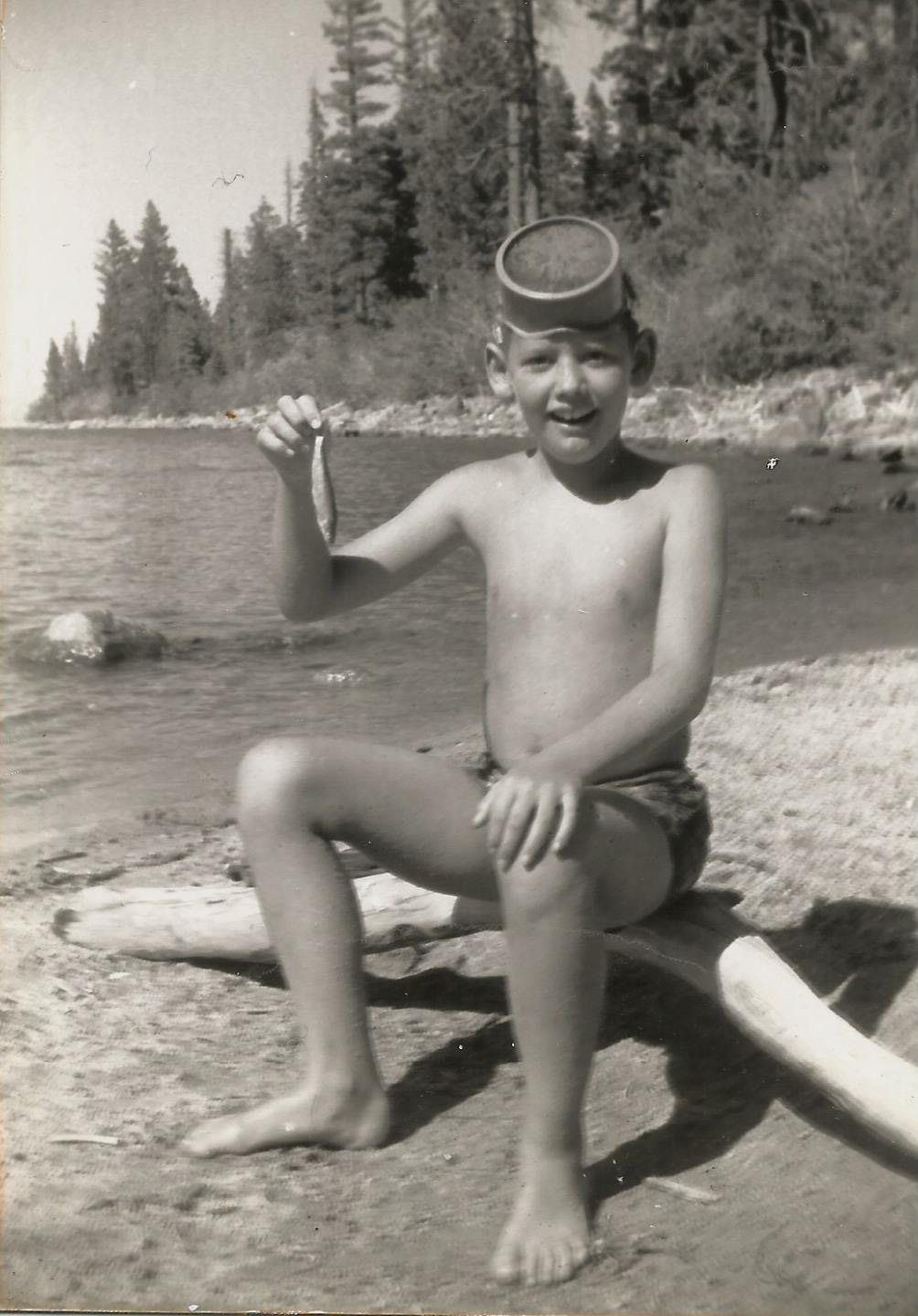
Above: Caught this little guy with my bare
hands-Emerald Bay/Lake Tahoe
 Bruce
with his 1st electric guitar
Bruce
with his 1st electric guitar
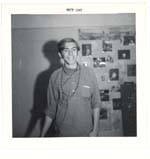 Brother Dave in '67
Brother Dave in '67
Young & Dumb in '68
1968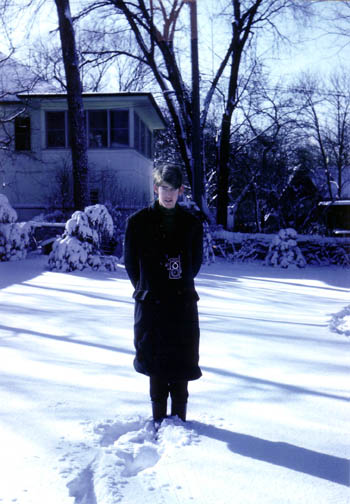
 1969
1969
With future wife Mary
1974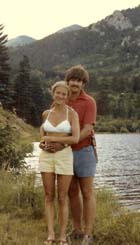
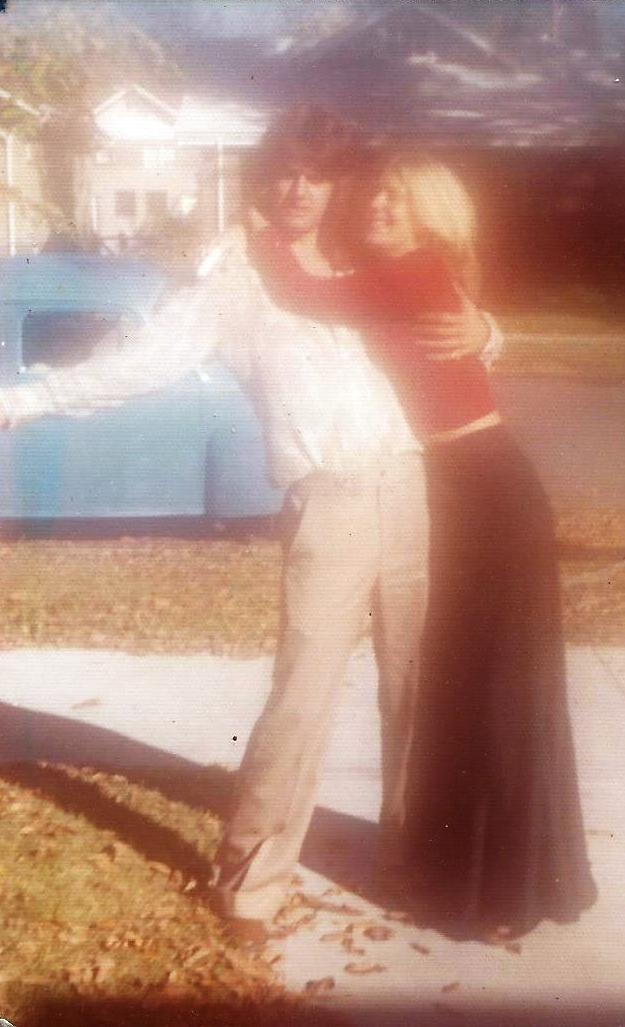 1975
1975
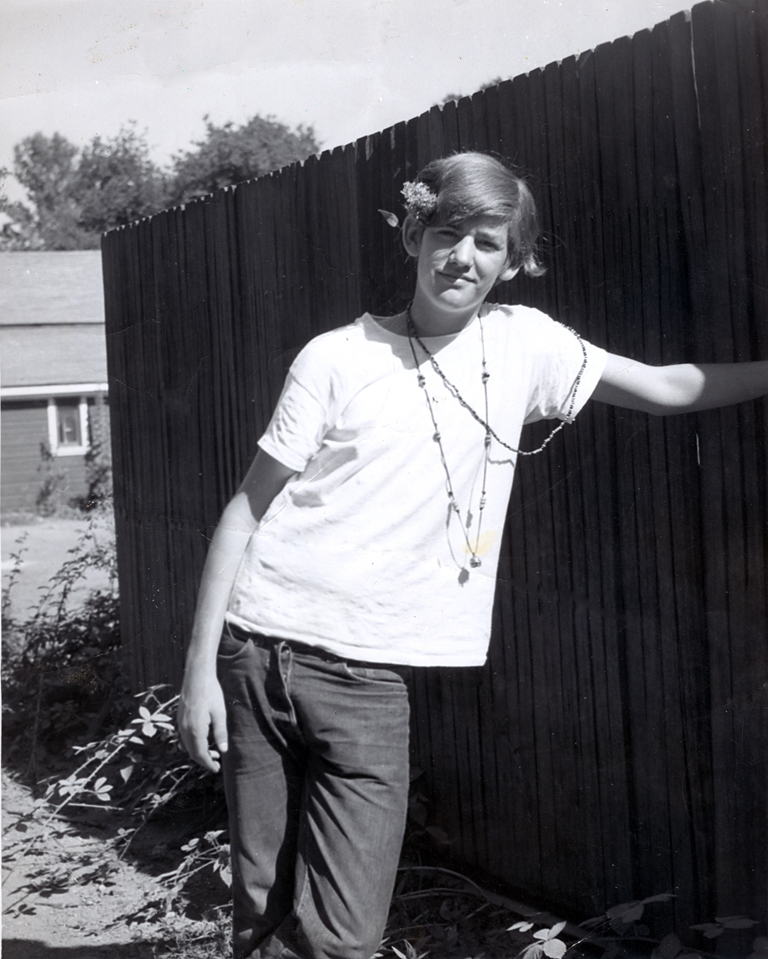
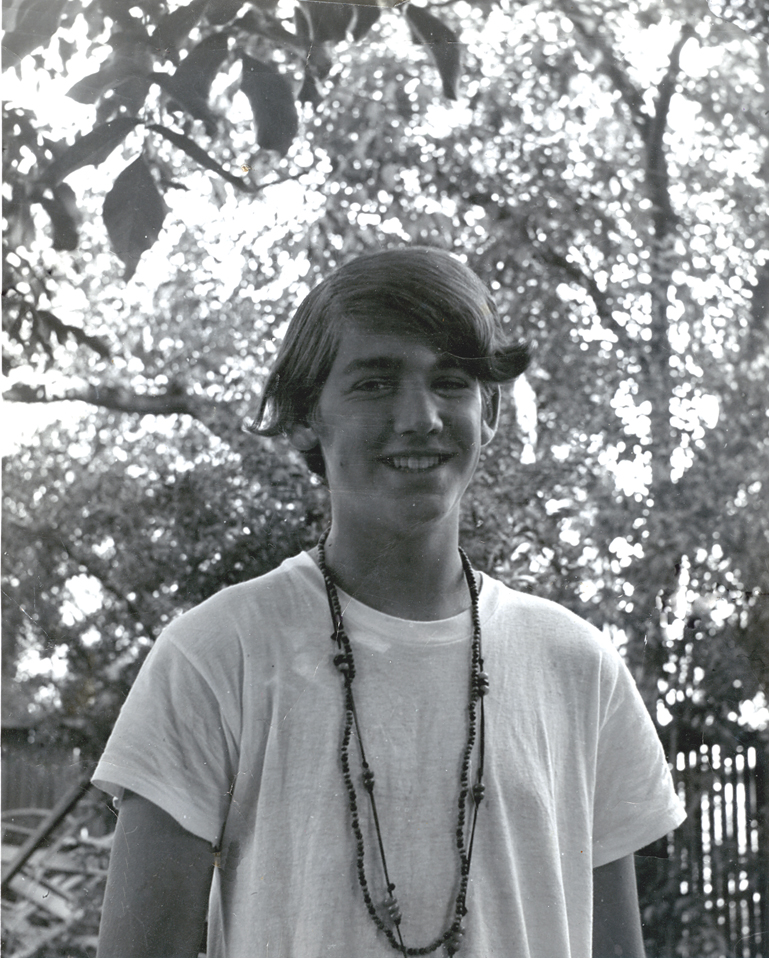
1967 Los Gatos, CA
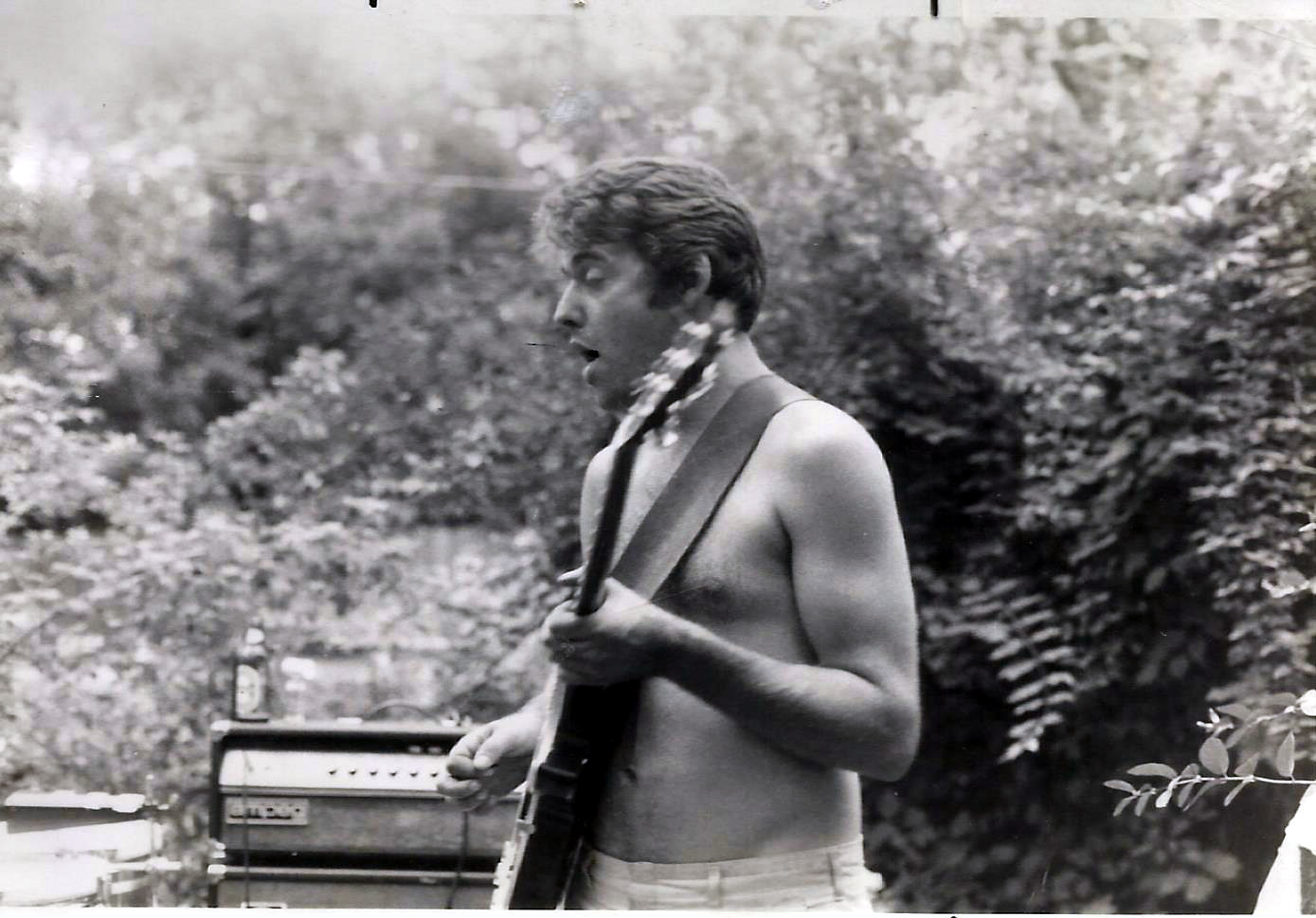
Above: Playing Les Paul at the very first
Williamsfest-1978
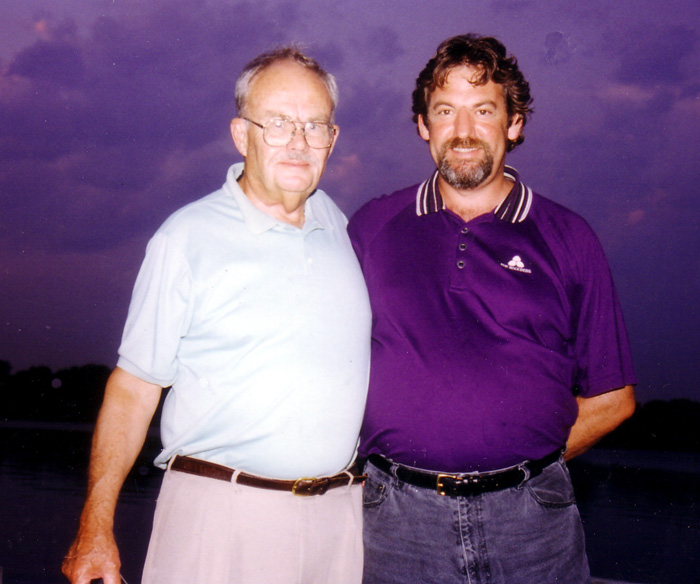
My Father & I

Above: The 90's